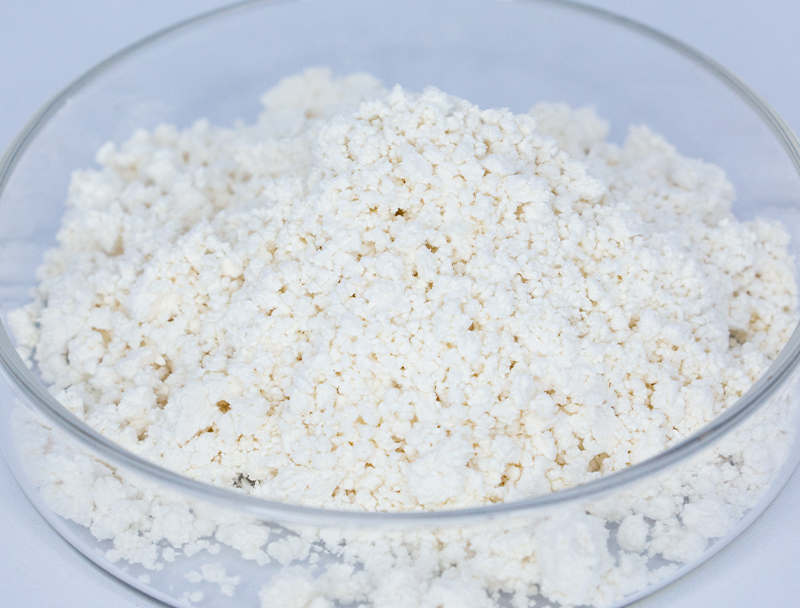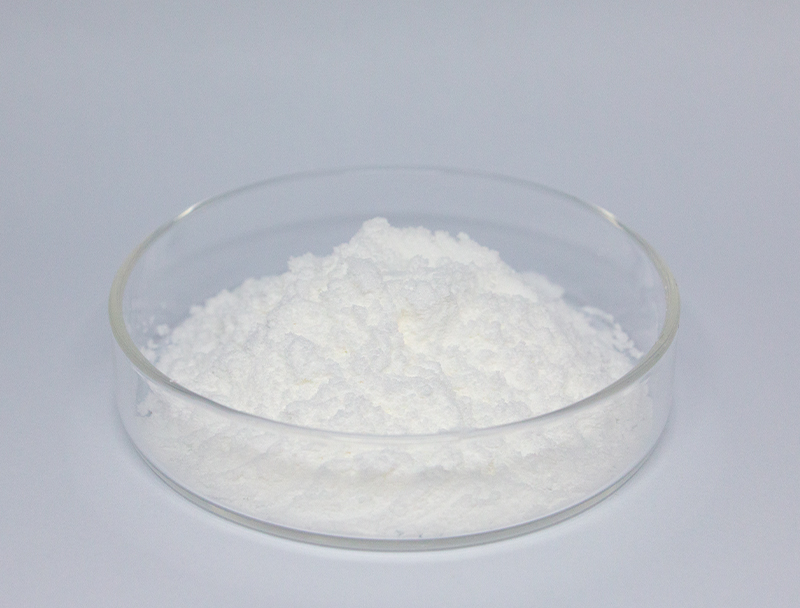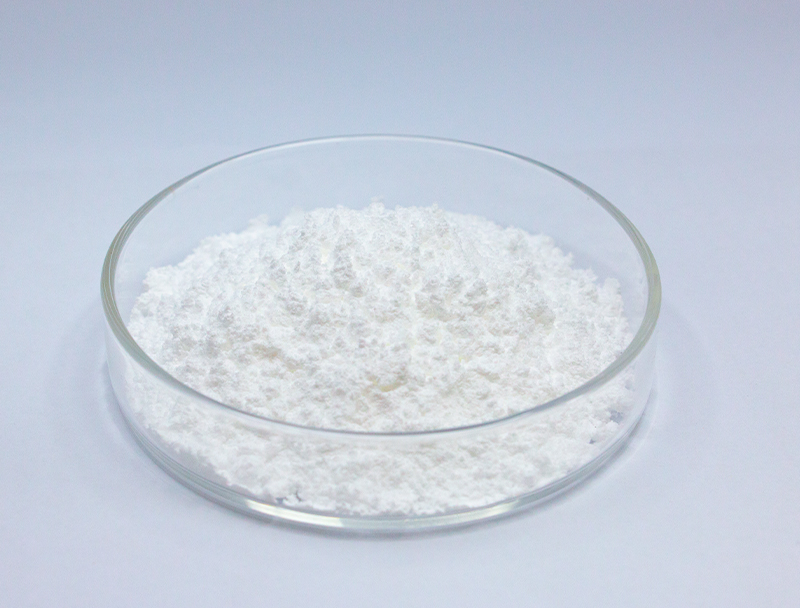
Biotech manufacturing draws predominantly from a plentiful suite of starting materials to manufacture advanced biological products.
Preserving the sustainable sourcing of these resources is indispensable to sustainable success and conscientious scaling.
a range of complications linked to historic procurement practices including biodiversity loss and excessive resource use. Accordingly, manufacturers should embrace green sourcing tactics to shrink their ecological impacts.
- Illustrations of eco-conscious sourcing involve:
- Applying circular feedstocks from post-harvest streams
- Deploying circular process designs to reduce discard and boost reuse
- Forging alliances with neighborhood suppliers supporting green sourcing
This shift towards sustainable raw material sourcing is not only environmentally beneficial but also economically viable in the long run.
Advancing Biomass Preparation for Elevated Biofuel Production
Raising biofuel yields involves refining feedstock structure and content. Experts maintain efforts to discover ways to maximize feedstock value, achieving increased output and long-term energy sustainability. Methods encompass cellular engineering to augment biomass output and refining processes to liberate fermentable carbohydrates.
- Likewise, initiatives explore candidates such as algal biomass, process wastes, and agricultural leftovers to extend sustainable feedstock availability for fuels.
- Because of continual endeavors biofuel technology is set to attain meaningful progress that supports renewable energy growth.

Optimizing Early-Stage Biomanufacturing Processes
represents the initial stages of biopharmaceutical manufacturing, encompassing all steps from cell culture and cell harvesting Current advancements have streamlined operations and improved bioproduct yields.
Meaningful breakthroughs include engineered cell strains, enhanced culture formulations, and modular reactor designs. These refinements escalate production and lower expenses and environmental strain.
- Similarly, continuous process trends grant superior flexibility and refined control across production stages.
- Transitioning to refined production methods has the potential to overhaul the industry and expedite new treatments.

Precision Genomic Tools Enhancing Biopharmaceutical Yields
innovations in genome-editing toolsets have enhanced biopharmaceutical manufacturing. Through controlled genetic modifications, practitioners increase therapeutic protein production. The approach may facilitate scalable, low-cost therapeutic production for numerous diseases.
Leveraging Microbes to Tackle Environmental Pollution
innovative solutions for sustainable bioremediation, a critical process for addressing environmental pollution. Various microbial strains are capable of breaking down toxins into safer constituents.. By harnessing this natural potential, we can develop environmentally friendly strategies for cleaning up contaminated sites and mitigating the negative impacts of industrial activities.. Laboratories test microbial species for efficacy against metals, pesticide pollutants, and oil-related contamination. Microbial cultures can function in contained bioreactors or be deployed onsite to facilitate biodegradative remediation..
Employing microbial strategies for remediation provides multiple benefits versus traditional techniques. Microbe-driven cleanup typically costs less and generates fewer dangerous byproducts. In addition, microbial approaches enable pollutant-specific treatment without broad ecological disruption. Research progresses swiftly to enhance microbial remediation efficiency and practical effectiveness.
Bioinformatics' Impact on Drug Design
Advanced informatics contributes significantly to today’s drug research environment. By screening targets and refining candidate molecules, informatics drives faster, evidence-based development.
- With analysis of broad omics and clinical datasets, bioinformatic experts identify targets and model drug effects.
- In addition, predictive simulations inform medicinal chemistry efforts to craft more efficacious drugs.
- Ultimately, informatics is transforming R&D and shortening timelines to deliver safe, efficacious therapies to patients.
Engineering Cellular Pathways for Improved Bioproduct Output
implements many strategies to improve microbial output of desired bioproducts. Approaches may include genome edits to rewire pathways, transcriptional control to tune expression, and heterologous gene insertion to add functions.. By optimizing cellular networks, developers can substantially boost target bioproduct output.
This wide-ranging tactic can overhaul industries spanning medicine, agriculture, and energy production.

Scale-Up Challenges and Prospects for Biopharmaceuticals
Upscaling therapeutic manufacturing brings major obstacles along with promising prospects. Maintaining consistent product attributes with scale-up remains a central difficulty. Resolving it depends on rigorous control strategies, precise instrumentation, and comprehensive analytics.

Also challenging is the layered complexity of biomanufacturing encompassing numerous sequential steps.. Adapting protocols for industrial scale requires considerable development work and engineering advances.. Despite challenges, the benefits may be considerable. Skilled scaling can enlarge supply, lower prices, and increase profit potential.
A series of measures are underway to confront these obstacles. Examples include novel optimization technologies, predictive analytics for real-time control, and inventive production models.
- Innovation programs are essential to expand production competencies.
- Authorities are revising processes to enable faster clearance of manufacturing innovations and encourage progress.
Charting Regulatory Pathways for Biologics to Safeguard Patients
Bringing biologics to market involves rigorous regulation designed to protect patients and confirm therapeutic benefit. Biologic therapeutics bring unique regulatory and manufacturing demands unlike traditional pharmaceuticals.
Agencies like FDA and EMA develop frameworks and criteria for validating and approving cutting-edge biotherapies..
Strict validation and testing steps are required across the product lifecycle from lab studies to post-market oversight.. The protocols serve to uncover safety concerns and certify that products fulfill rigorous protection standards..
In addition, regulatory entities adapt their frameworks to stay current with rapid research and technological developments.. Measures involve adopting innovative technologies and enabling development acceleration without compromising patient welfare.

Assessing Plant Biomass Pathways for Bioplastic Innovation
The expanding market for green materials prompts increased R&D into bio-based solutions. Plant-origin feedstocks converted into bioplastics create promising opportunities for eco-friendly materials. Organic feedstocks like cornstarch, cellulose, and sugarcane can be converted to compostable polymers that shrink the environmental footprint of plastics.
Moreover, bioplastics can mirror key properties of fossil-derived plastics and fit diverse application needs.. Persistent innovation will be key to advancing plant biomass into mainstream bioplastic manufacturing for a circular future.
Emerging Biotech Solutions for Health and Food Security
Biotech provides transformative capabilities that can change healthcare outcomes and strengthen food systems. Through CRISPR, synthetic circuit design, and cell therapy progress, developers generate methods to counter infectious agents, optimize crops, and elevate nutritional profiles.. For instance, genetically modified crops can be engineered to resist pests and environmental stresses, leading to increased agricultural production and reduced reliance on harmful pesticides.. In addition, the field produces vaccines, treatments, and Calcium Propionate diagnostic tools that are central to fighting infections and improving health worldwide.. Continued scientific progress suggests biotechnology will increasingly underpin healthier, more sustainable societies worldwide.
